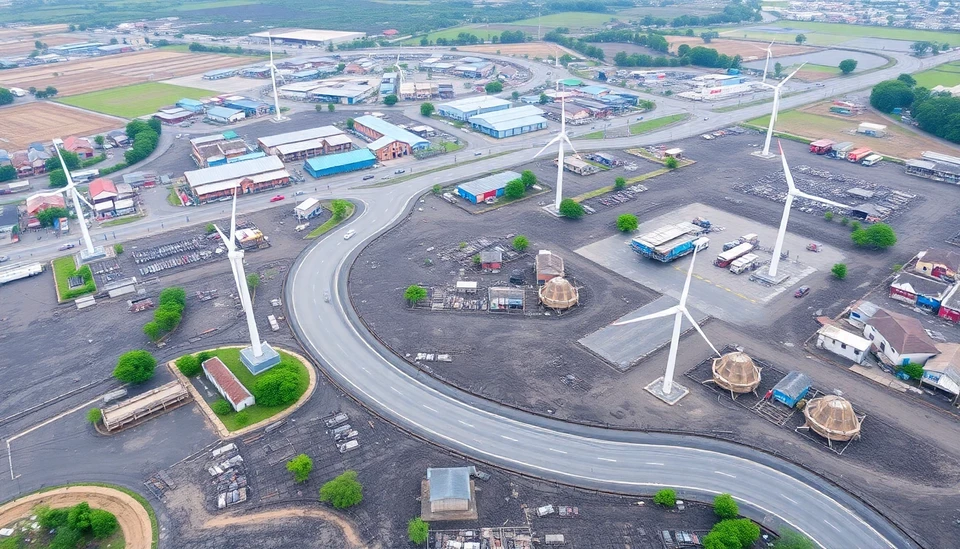
The landscape of renewable energy investment in the United States is seeing a curious twist, as the Inflation Reduction Act (IRA) is influencing job creation in ways that were not initially anticipated. Major tax incentives designed to promote domestic jobs within the solar industry are unexpectedly benefiting Chinese solar manufacturers, raising concerns and prompting discussions about the future of U.S. energy independence.
As part of the IRA, the U.S. government aimed to reduce reliance on fossil fuels and stimulate the growth of renewable energy sectors, particularly solar power. However, the implementation of these tax breaks has led to Chinese companies, like those producing photovoltaic (PV) panels, gaining a significant advantage in the American market. The incentives were intended to create a robust domestic manufacturing base, bringing U.S. jobs to the forefront, but the outcome has turned out to be a mixed bag.
Reports indicate that while the IRA has successfully turbocharged investments in renewable energy, the American labor force has not fully reaped its benefits. Many of the jobs created within the industry are focused on installation and maintenance rather than manufacturing. Conversely, Chinese firms, which already possess advanced manufacturing capabilities, are leveraging the tax incentives to expand their operations and installations within the U.S., leading to a paradox where American policy boosts foreign production rather than domestic.
Error-free and meticulous, the IRA seems to have overlooked crucial aspects of the global supply chain, particularly how intertwined American and Chinese solar manufacturing networks are. This oversight has implications not just for jobs but also for the broader objective of achieving energy independence from foreign powers. Critics argue that the U.S. must reassess its strategic priorities and explore ways to bolster domestic manufacturing competently.
Moreover, as the renewable energy sector blooms amid rising investments, the U.S. is facing the daunting task of ensuring that the benefits of this transition are equitably shared with its workforce. The influx of Chinese solar products has not only heightened competition but also compelled local manufacturers to innovate or risk obsolescence, pushing them into partnerships or collaborations with foreign firms to remain viable.
The ongoing dialogue around the IRA's framework underscores a vital need for policymakers to fine-tune the incentives. Adjustments could include measures that explicitly favor domestic production or additional support for U.S. manufacturers to adapt to new market dynamics. As solar energy continues to gain momentum in combating climate change, the focus must remain on creating a sustainable and ethical pathway forward that guarantees jobs for American workers without compromising the overarching goals of reducing carbon emissions.
In conclusion, the fallout from the IRA has illuminated not only the complexities of transitioning to renewable energy but also the intricate relationships shared between U.S. policies and global manufacturing practices. The government faces an enormous challenge: to safeguard U.S. interests while fostering international partnerships that support a greener planet. As stakeholders analyze the outcomes of this legislation, the discourse surrounding its effectiveness and the ultimate goal of energy independence becomes increasingly critical.
As the situation continues to evolve, industry leaders, lawmakers, and the public will need to engage in meaningful discussions to reshape the future of solar energy and ensure that the intended benefits of the IRA are realized here at home.
#SolarEnergy #InflationReductionAct #JobCreation #China #RenewableEnergy #USeconomy #Sustainability #Manufacturing #EnergyIndependence
Author: Peter Collins




